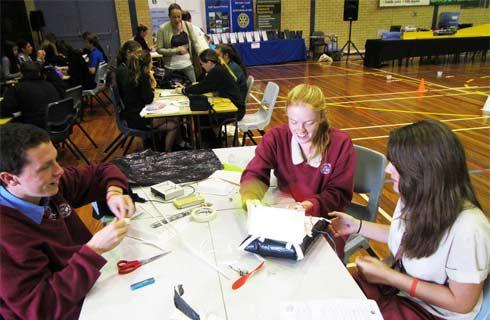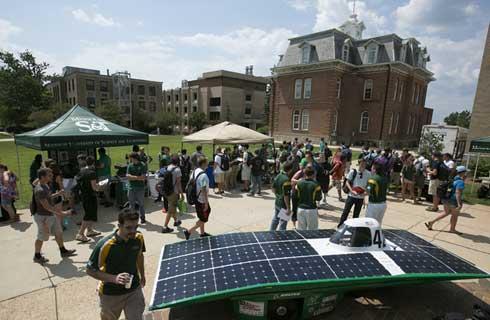
学历文凭
Masters Degree

专业院系
应用数学

开学时间

课程时长

课程学费

国际学生入学条件
Successful applicants typically have good grades in relevant mathematics courses, good GRE quantitative scores, and strong letters of recommendation.
Relevant courses that we look for are:
Advanced calculus
Real analysis
Differential equations
Linear algebra
Complex analysis
Numerical methods or their equivalent
The only minimum we set is for the TOEFL on which an international applicant must score 550 or higher on the paper-based test, 213 or higher on the computer-based test, and 90 or higher on the Internet-based test. On the IELTS, an applicant must score 7.0 or higher. There is no minimum requirement for GRE scores.
IDP—雅思考试联合主办方

雅思考试总分
7.0
了解更多
- 雅思总分:7
- 托福网考总分:90
- 托福笔试总分:550
- 其他语言考试:NA
课程简介
相关申请

预科

奖学金

实习机会

在校学习

跨境学习

校园授课-线上开始

在线/远程学习
学校排名
世界排名
22
数据源:泰晤士高等教育世界大学排名
关于西北大学

西北大学这所被认为在中西部最为精英的顶级大学,是美国十大名校联盟中唯一的一所私立学校。虽不是常青藤联盟的成员,但比起在美国东部地区同等级的学校来说更专注于教学的实用性。与它邻近的竞争者芝加哥大学,以及除宾大外的所有常青藤学院相比,西北大学的教育更具有职业导向性。西北大学一半的本科生都是被艺术和科学学院录取的,而另一半则分布在全美知名的5个专业学院之中。西北大学莫迪尔新闻学院唯一一所属于顶级私立大学的新闻学院,会给学生记者发放IPOD,便携式DV,可旋转笔记本,并提供非常多全国顶级报社、杂志社、电视台的奖学金。西北大学同样还提供4年的快捷新闻学学士/硕士项目。西北大学拥有常青藤盟校的学术标准和十大名校联盟中公立学校的气质。西北大学占据了美国高等教育的一席特殊之地。它拥有和常青藤学校一样的学术标准,十大名校联盟中公立学校的精神气氛,并且与杜克,斯坦福以及范德比尔特大学一样,在NCAA的赛事中拥有骄人的战绩。
本校相关课程






其他相关课程

麦吉尔大学继续教育学院


圭尔夫大学


韦仕敦大学


韦仕敦大学


西三一大学


西蒙菲莎大学





